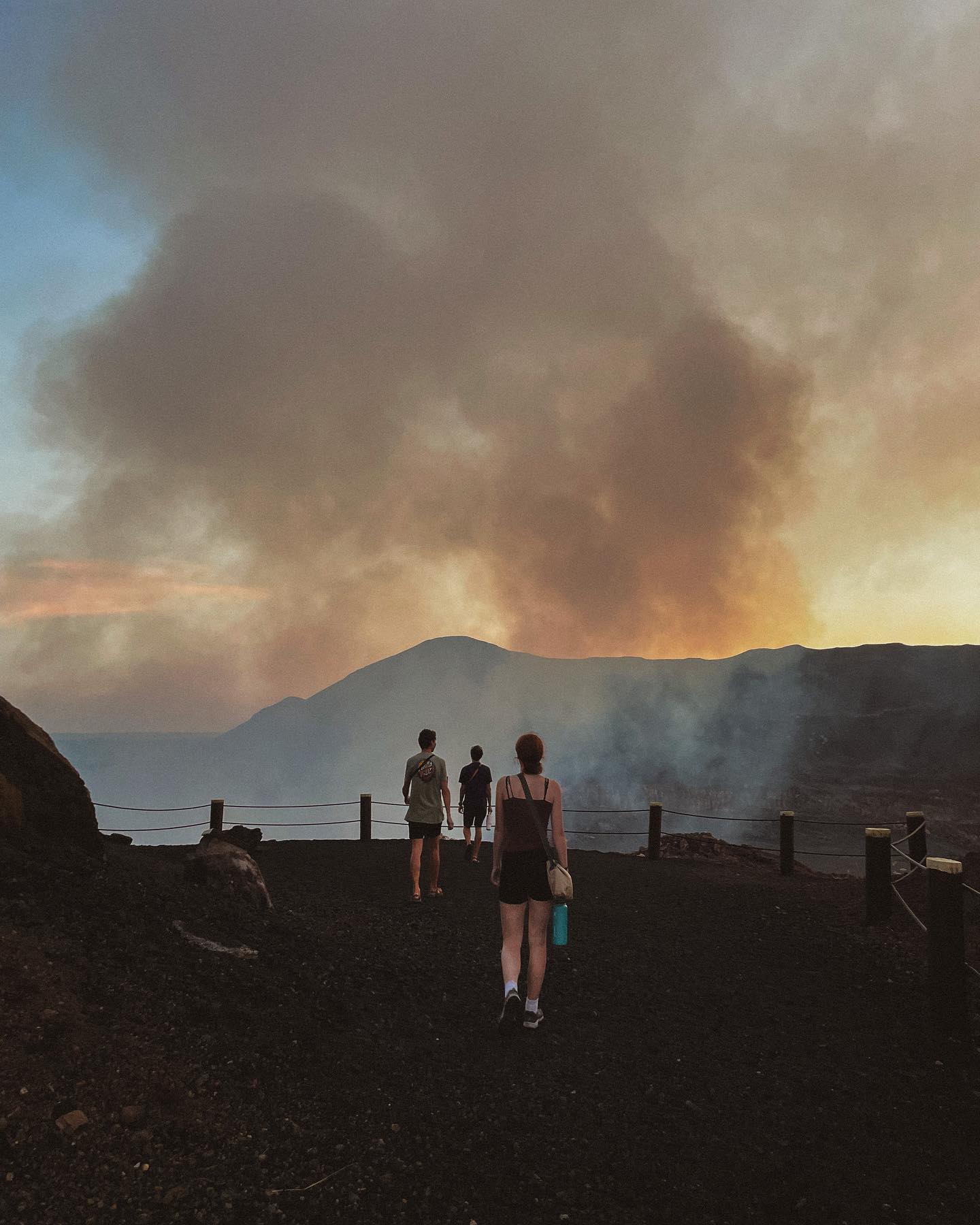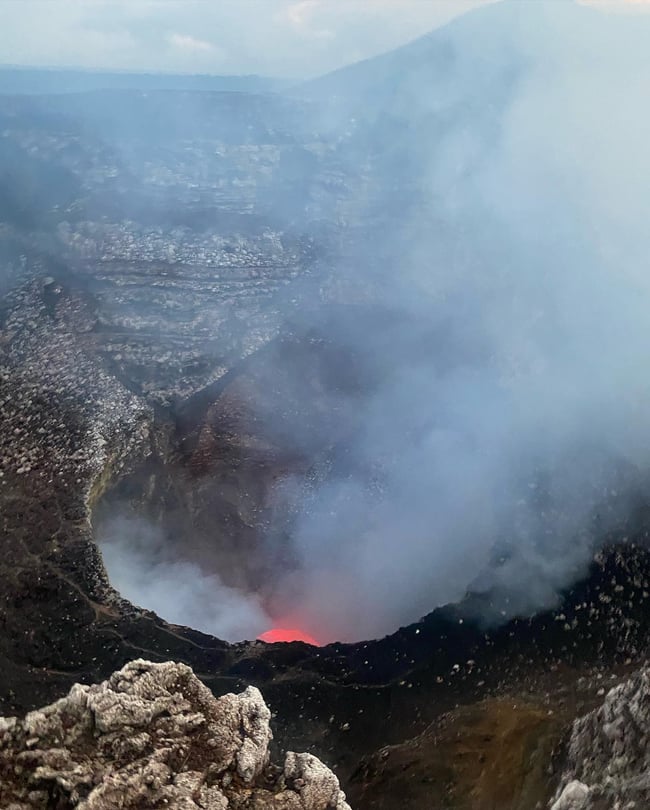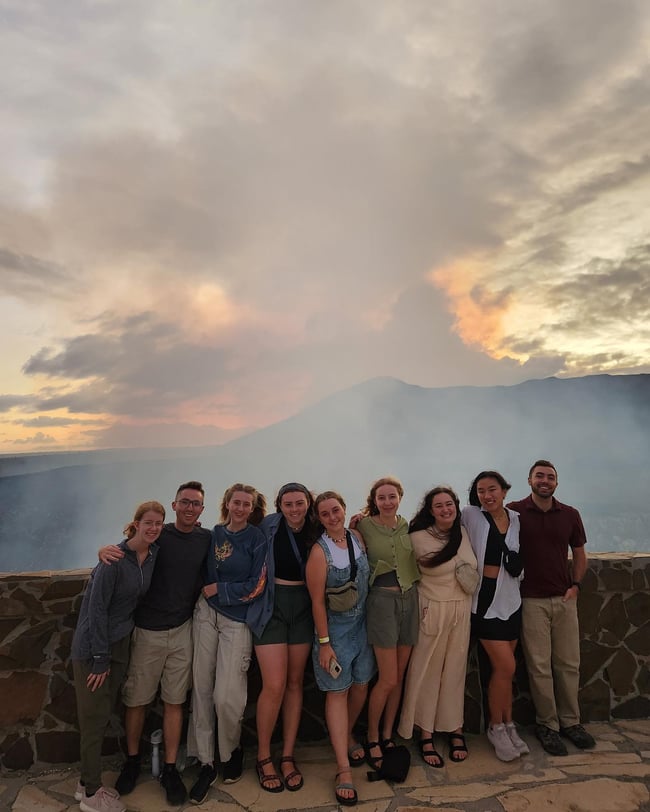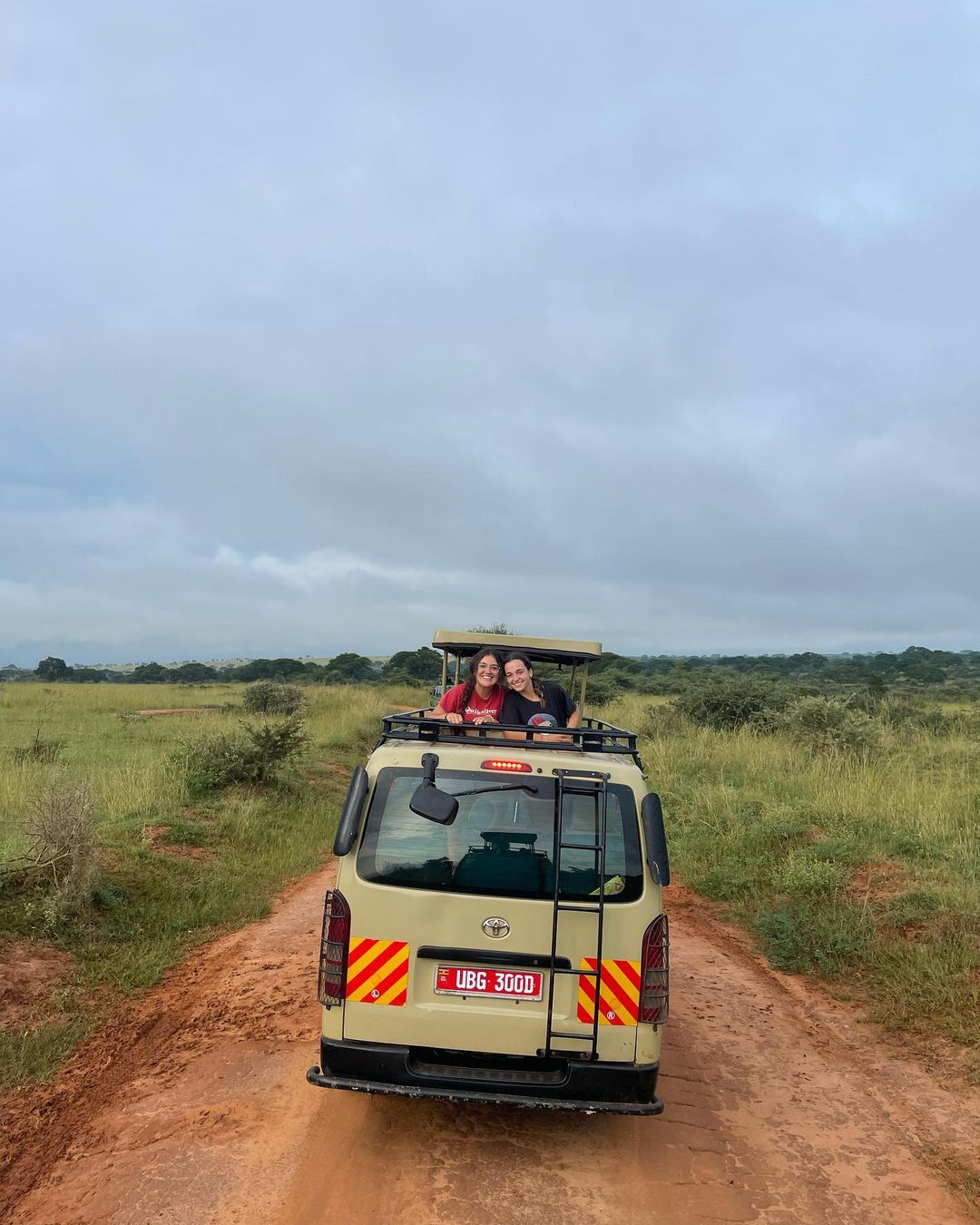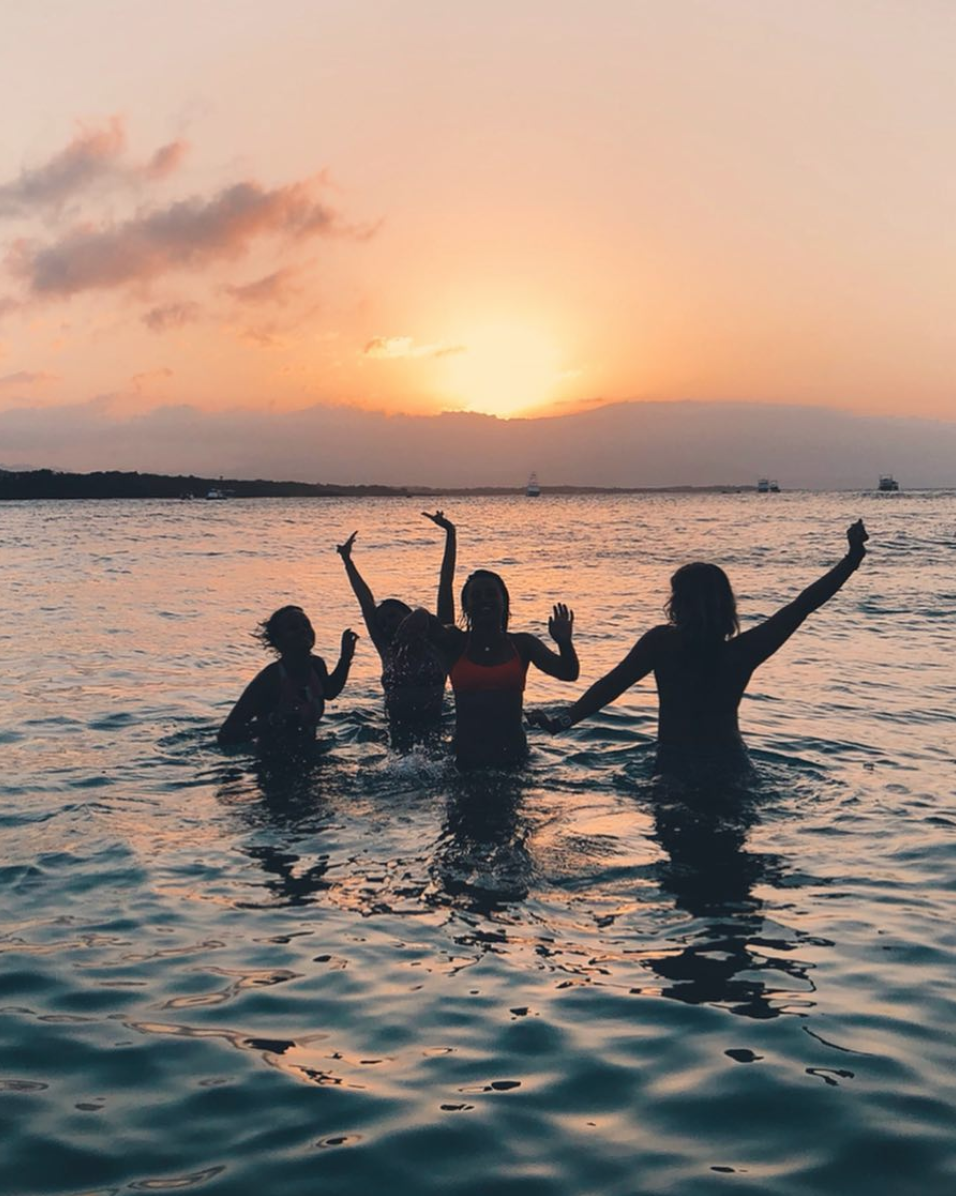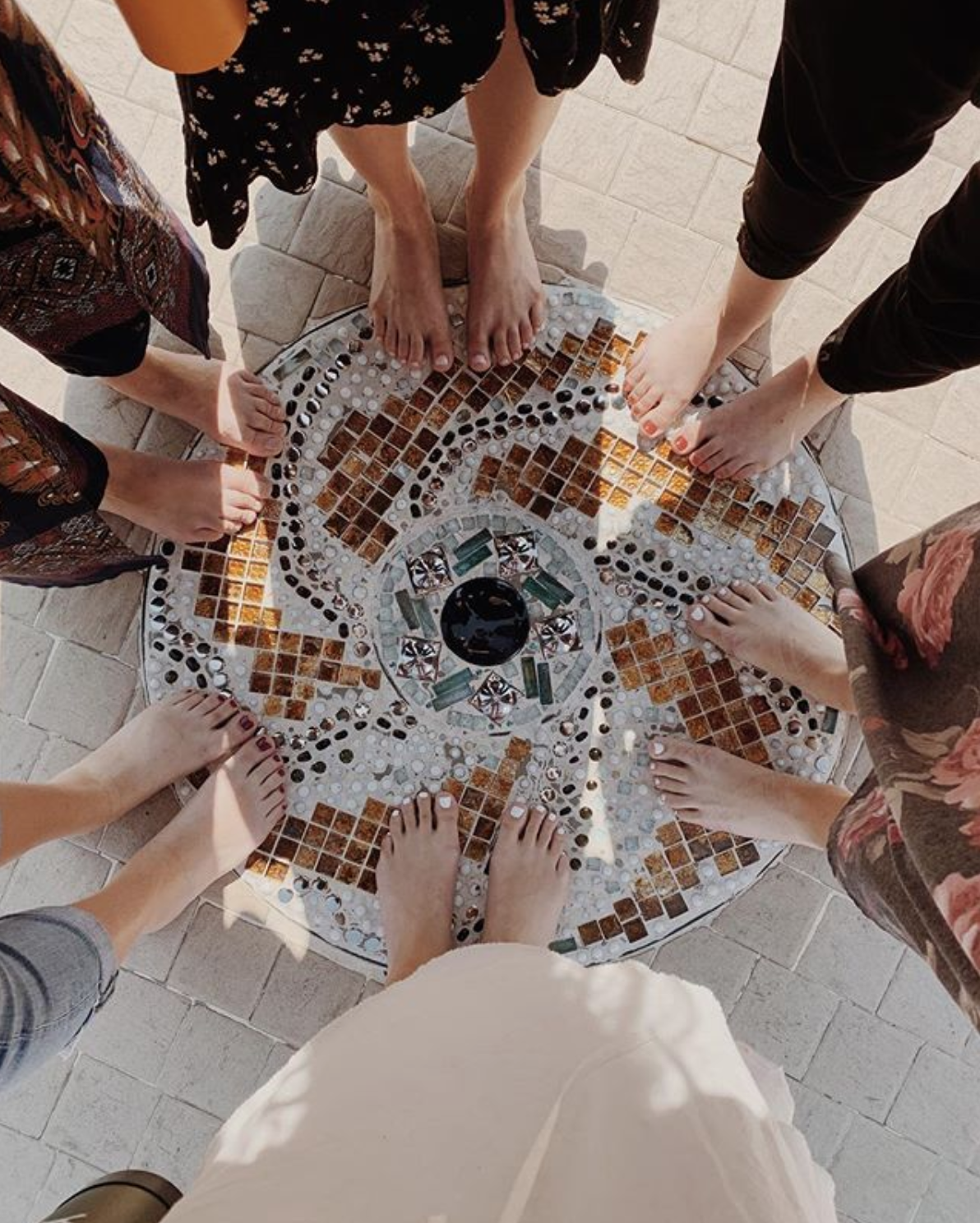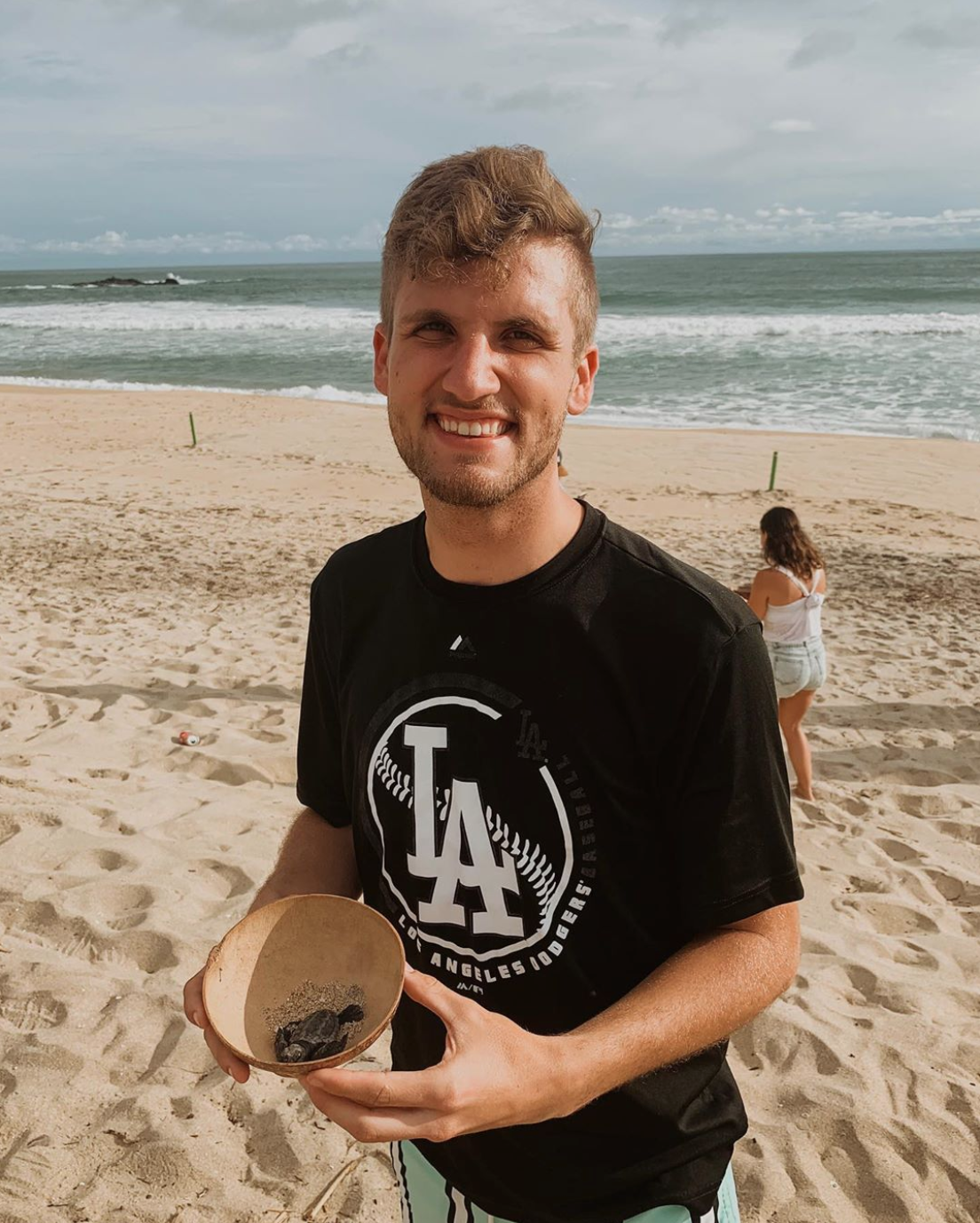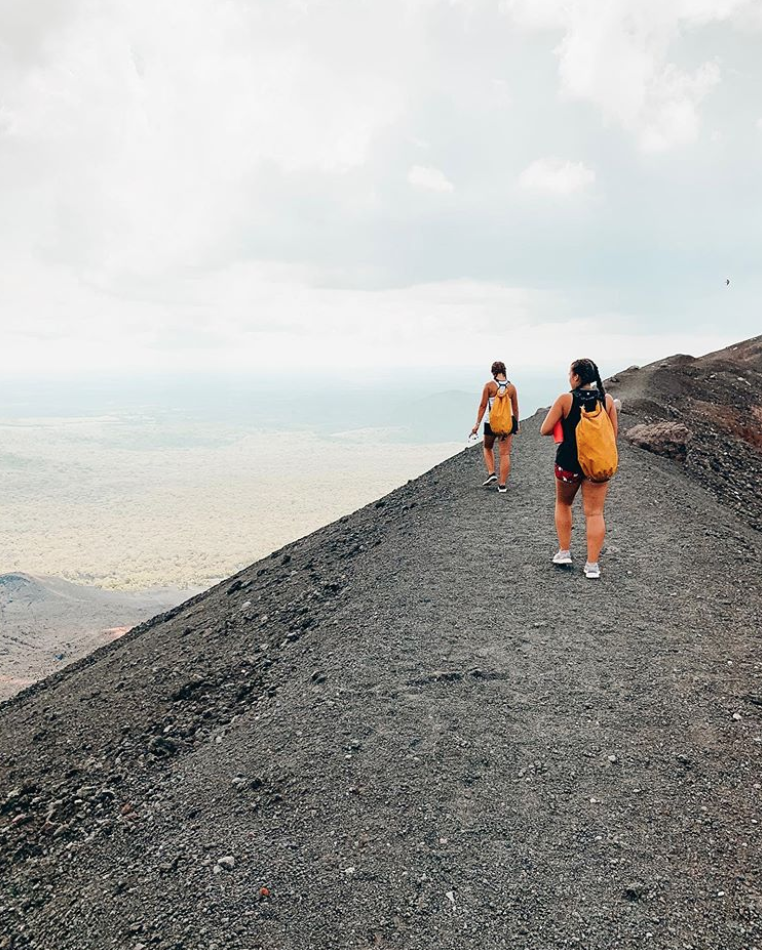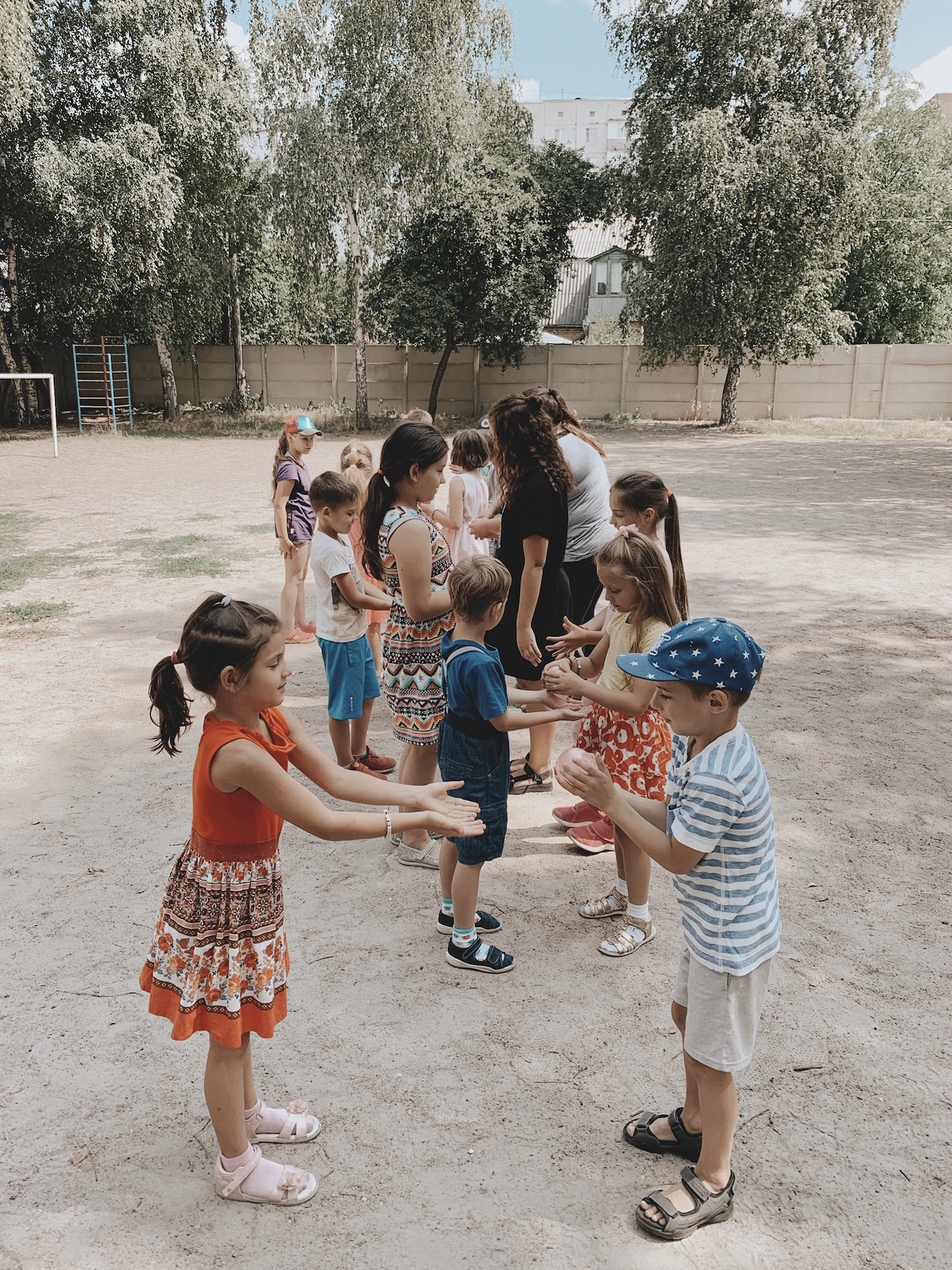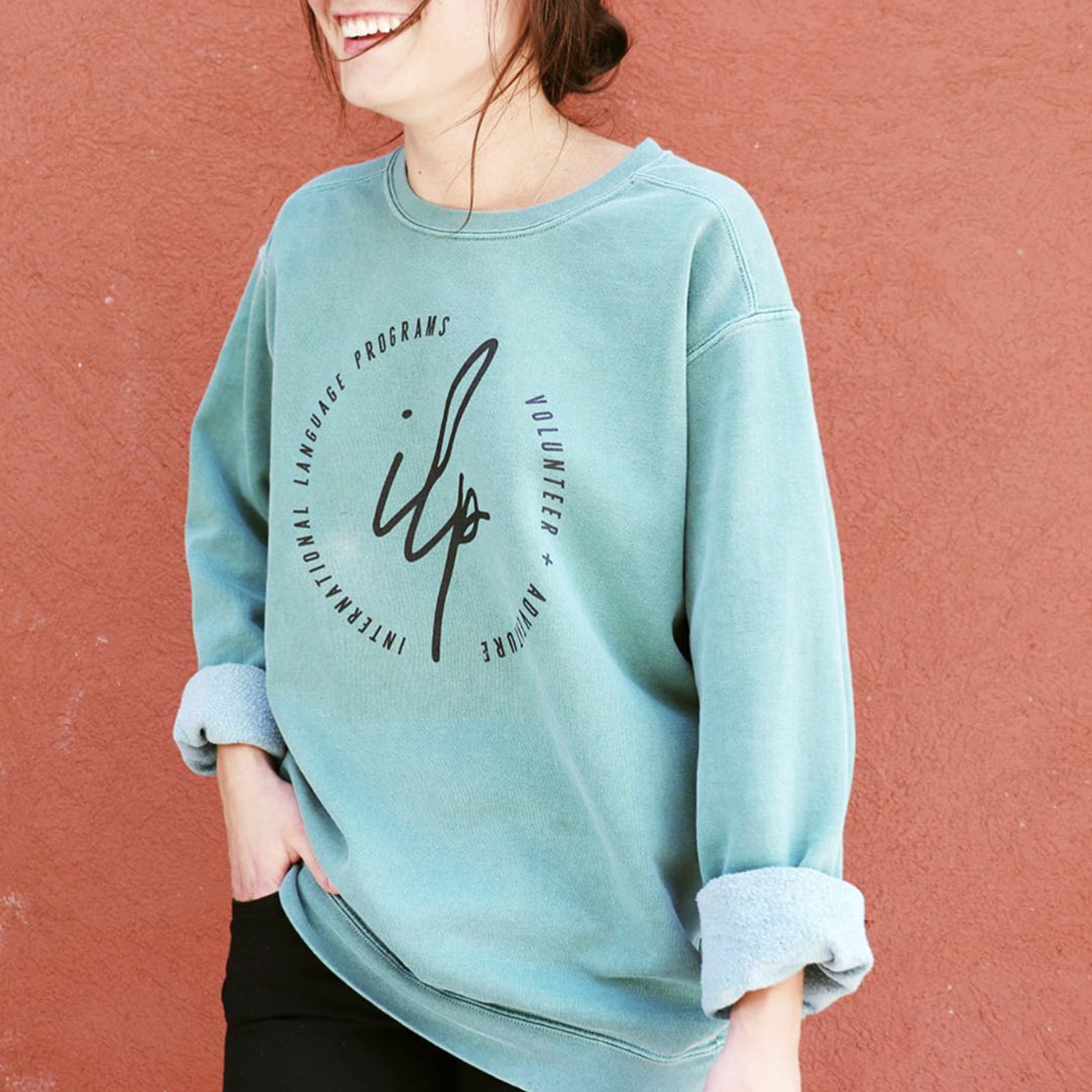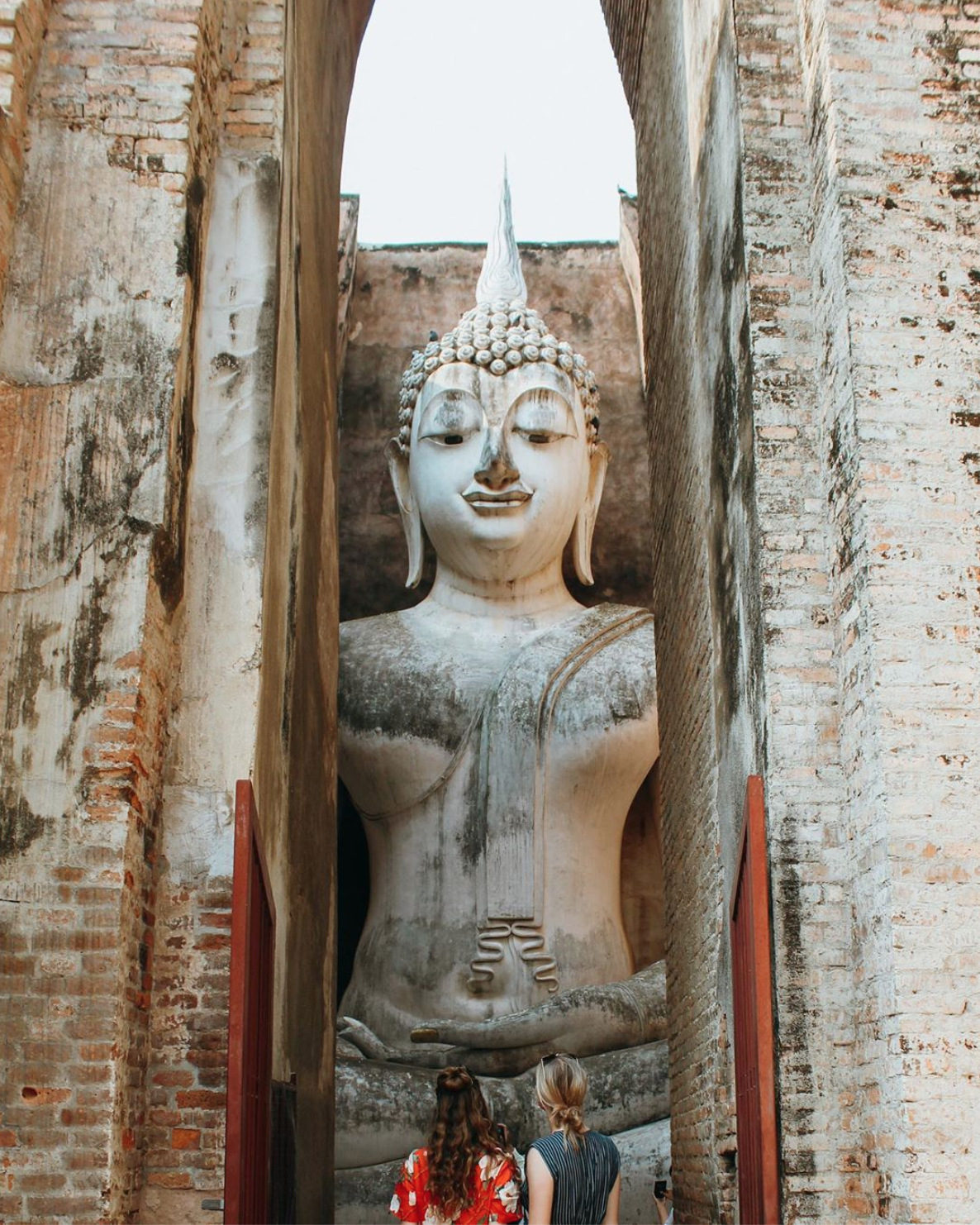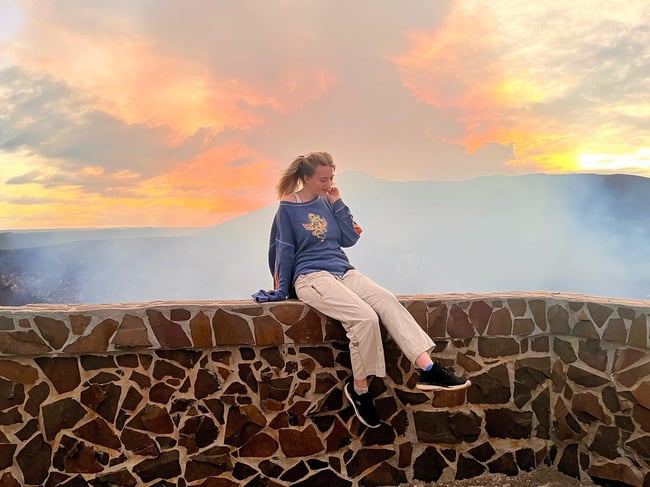
It’s hard to pick just one thing to do while in Masaya, Nicaragua — but this night time lava tour might be one of the coolest things to do during your semester volunteering abroad in this country!
If you don’t know much about Nicaragua, you are in for an absolute treat. This country is bursting full of adventures, gorgeous beaches (like Nicaragua's Corn Islands), volcanoes to kayak around, hike and explore … one of which is nestled in the colorfully vibrant city of Masaya. It’s really a place you cannot miss.
Don't just visit Nicaragua, come live here.
Here are all the details about volunteering in Nicaragua !
Masaya is an easy day trip for our volunteers who are already spending a semester in Nicaragua, and groups typically come a couple of times depending on what they're looking for. Think about the chance to shop in the colorful market on a Saturday or come to spend a weekend full of shopping and volcano views.
The Things You Can't Miss
Do A Masaya Volcano Tour
Picture yourself peering over the rim of a bubbling lake of lava, with the red embers glowing eerily in the dark. Be sure to take a listen, too — the lava pops and crackles like a massive bowl of Rice Krispie treats. You might also spot bats if you’re up there at night. Nicaragua is known for its volcanoes, and this is one you just have to see.
This impressive (and very active) volcano is in Masaya National Park. If you head here during the day, there's a network of trails you can hike if you'd like to spend more time in the park, though the main attraction certainly is the glowing crater of lava. There's a visitor center you can visit to learn more or you can talk to your tour guide (we have some instructions on seeing this volcano yourself, or with a guide, below):
On your own — If you want to do-it-yourself, you can just pay the park fee to enter. It's $4 during the day and $10 at night, but we definitely recommend going at night if you can. The views at night are pretty unbeatable.
With a tour —Going with a guide will be more expensive, but it can also be very convenient because they'll take care of all those details of getting to and from the rim for you and the price usually includes the entrance fee plus the shuttle service. One of our ILP groups signed up with Leo Tours and said it was "well worth it and one of the cheapest options". Looks like he's also got good reviews on TripAdvisor which is always a good sign. You'll find them at the beginning of Calle Calzada, or you can try his email (although a couple of days response time is typical): leotoursgranada@gmail.com
There are several other tour operators you can give a try as well.
Hours: 9:00 AM - 4:30 PM, then again from 5:30 PM - 7:30 PM. You get about 15 minutes up at the top.
For an evening tour, aim to be there around 5:00 PM, or earlier. This is a more popular time, so a line typically starts to form and that'll help you get in with one of the earliest groups. On the weekend, this line can get pretty long (a couple of hours), as a heads up.
Getting Here: Once you're in Masaya, you can take a taxi to the park entrance, then catch the free shuttle rides up to the crater. You can also see if the taxi can take you to the top. If you're going with a tour, they'll typically handle transportation or just meet you at a designated space.
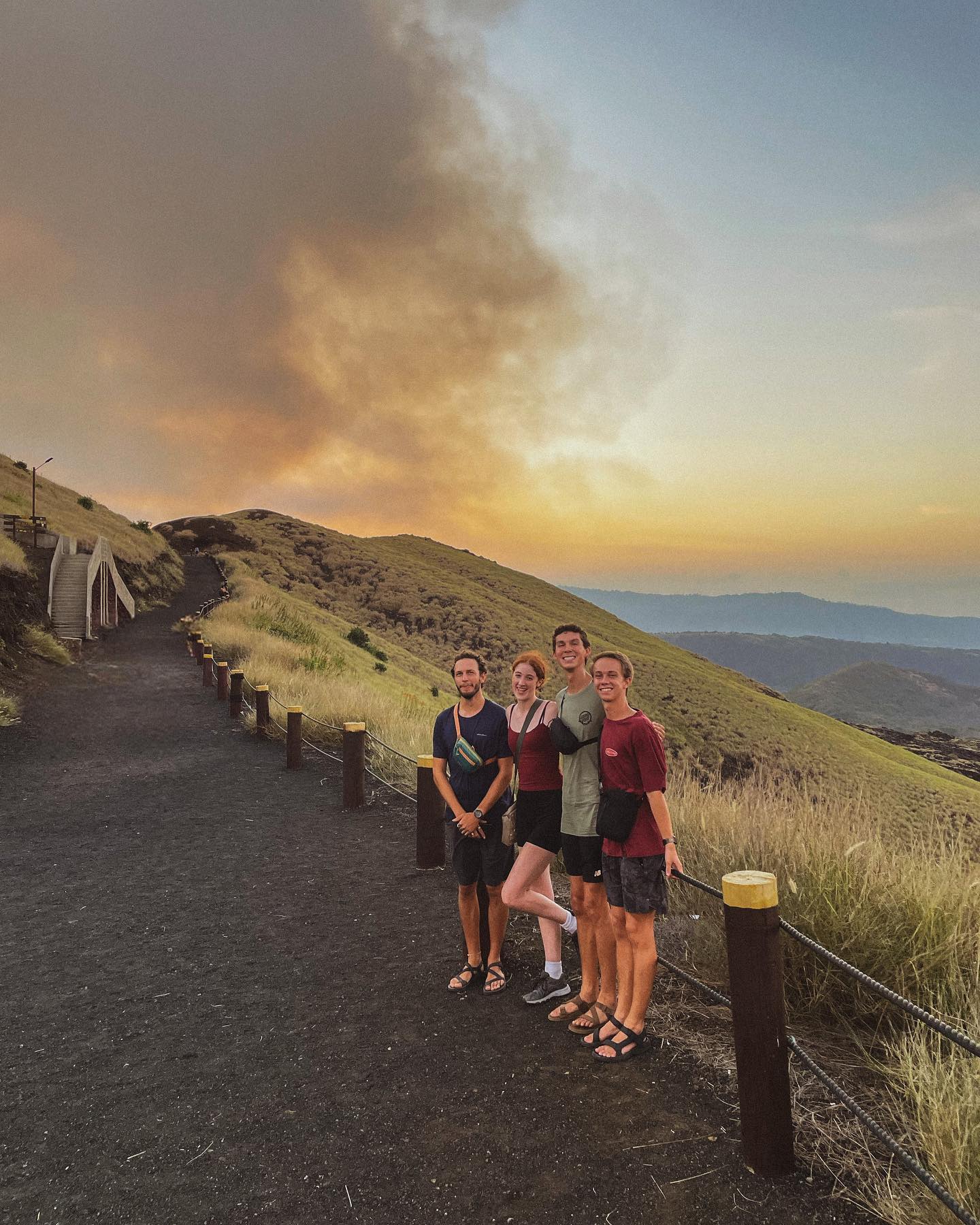
Shop At The Markets
When in Masaya, the volcano might be the most impressive thing to see, but these markets absolutely can’t be missed. Sprawling stands are piled high with local produce — like bunches of red and orange peppers and fresh passion fruit and pineapple. There are two markets you should check out while in Masaya (we have info about both, below).
Mercado Viejo (Old Market): If, you’re looking to do a little souvenir shopping, this is supposedly the best place to shop in all of Nicaragua. Here's what one ILP volunteer had to say about this market: "It is geared more towards tourists, but it definitely does not feel overrun by foreigners; it has kept a low-key, authentic feel, and the prices are very reasonable. You can buy all sorts of handicrafts, paintings, clothing items, etc. I bought a pair of handcrafted earrings for my mom for 120 cordoba. One of my favorite souvenirs they sell there are painted feathers — it's like a whole little painting on one feather. You can get something similar at the market here in Granada, but the ones I saw there were especially pretty."
Plan a couple of hours to explore the huge market that is overflowing with artisan products — we’re talking jewelry, headbands, magnets, carved bowls, painted vases, paintings, colorful woven bags and purses, shoes, keychains, nativity sets, traditional dresses, and the classic Masayan hammock.
We're big fans of finding locally made artwork and souvenirs, instead of items that have been imported. It goes a long way toward supporting the local economy, and both of these markets are ideal places to do that!
Find it here.
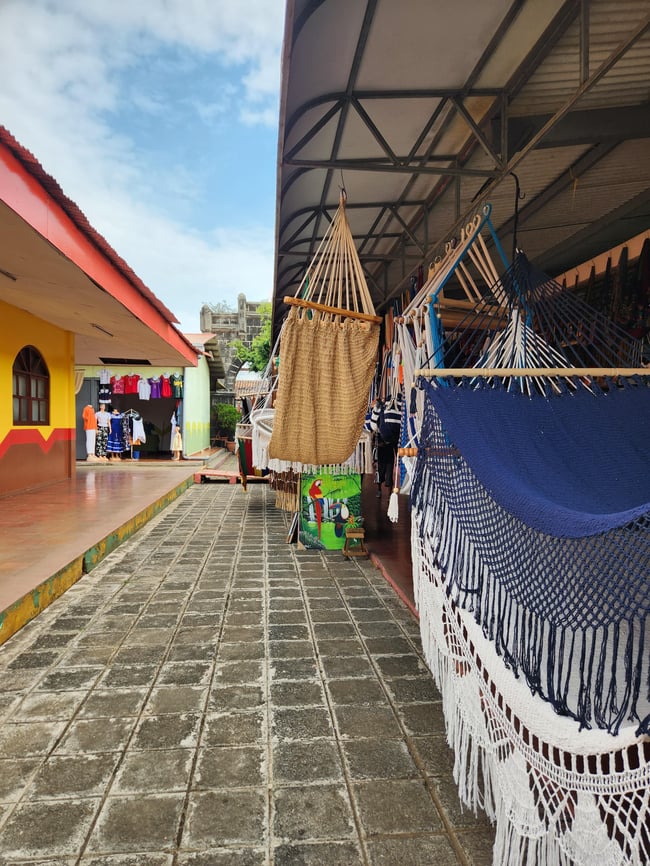
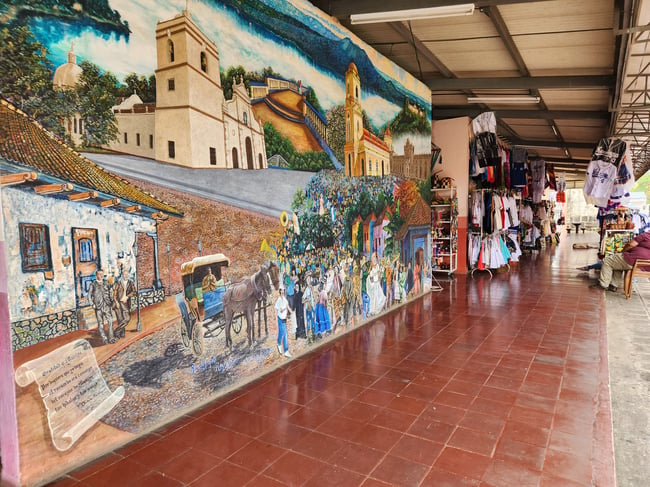
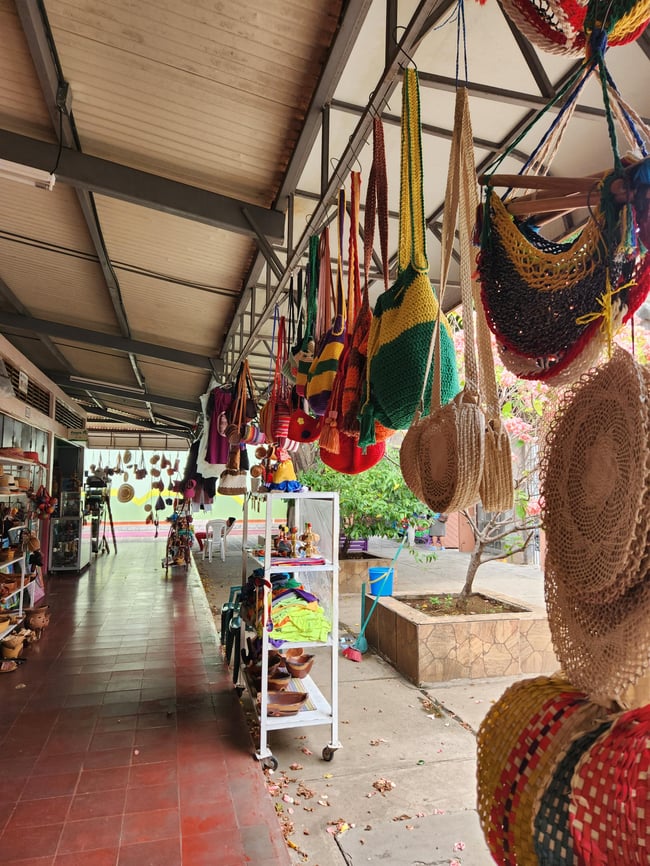
The other is the main market, the Mercado Ernesto Fernandez. Here's another quote from an ILP Nicaragua volunteers: "This is the main one the locals use. In addition to some handicrafts, it has tons of clothes, shoes, hair salons, local foods, and all sorts of other random things. It is quite cramped and used far more by locals than by tourists. There are some things I enjoy about such an authentic environment, but it's also tricky to get around such cramped quarters if you're in a big group trying to stay together. The prices may be slightly lower there, but not drastically so. While this one is worth a visit, I think most of the volunteers will prefer to spend most of their time in the Mercado Viejo because it's so much more open and spread out."
Find It Here: XWF7+5C Masaya, NicaraguaGood To Know: Order lunch while you’re shopping. This part of the country is known for a local dish called “vigoron”; soft boiled yucca (sorta like a potato) and tangy cabbage, topped with crispy and salty pork. Yummmm. At the Viejo market, one group got "ceviche for $1.50 and a great fruit smoothie for $2."
When It Comes To Hammocks: They're a very popular souvenir to take home, and you'll find tons of selections on either market. Expect to pay around $10-$20 for the simple styles, and more like $30-$40 for more elaborate designs.
An Idea On Prices: You'll see some various between vendors, but ILP volunteers said prices for their favorite souvenirs were around this range:
- Very large painting: $25
- Small paintings: $5-10
- Feather paintings: $6-20
- Earrings: $4-8
- Leather journals: $8-10
- Leather wallets: $10
- Nativity set: $15
As A Heads Up: There are lots of people who will offer tours of the markets (it really is that big!). Because tour guides have deals with particular shops, you'll end up paying higher prices (to cover the payout that the tour guide gets for bringing you to that shop) than if you had gone on your own. We definitely recommend shopping on your own if you're on a budget, just make sure to download a Google map before you go so that you don't get lost.
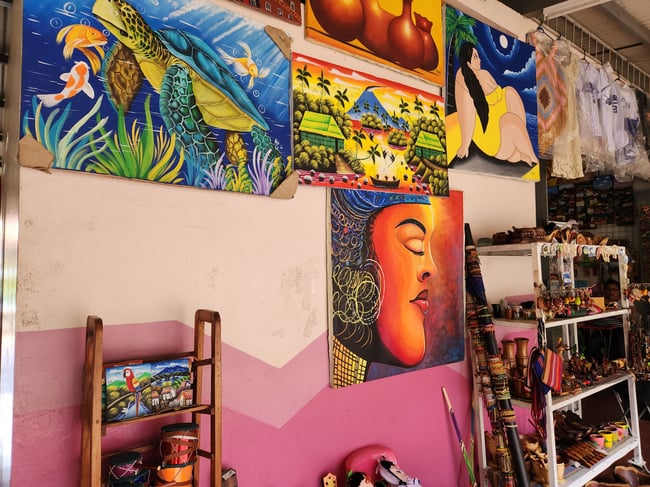
Visit The Masaya Folklore Museum
ILP groups in the past have done a bit of shopping and then headed to this nearby museum after they're finished with the market. Though small, this museum focuses on the rich culture of dance, and many local myths found in the area. Some exhibits in the past have featured colorfully woven hats, painted masks, and examples of how people dressed through history, among others.
- Cost: About $2
Find it here.
Hang Out At The Central Park
Like most cities in Nicaragua, there's a central park that's quite the hang out spot. People come to listen to music on the benches, sit in the shade, grab a snack, feed the birds, and just walk around. ILP groups in the past have gotten lunch here from the line of food stalls that hang around the park. The park is also home to a pretty Catholic church — Our Lady of the Assumption Parish has a cream-colored exterior complete with a dome, and an interior filled with wooden benches and a ceiling crisscrossed with wooden beams.
The park's a fun place to hang out for a while in between shopping and volcano explorations (and is a good place to get something to eat).
Find it here.
Staying For The Weekend?
If you're spending your time in Granada, Masaya is a quick one-day adventure especially if you come just to do one activity, like seeing the volcano or heading to the markets to do some shopping. You could even fit both in the same day if you're looking to just come on a Saturday or Sunday. Groups suggest visiting the market in the morning/afternoon, then doing the evening tour at the volcano.
However, we've had groups want to spread out their time in Masaya which makes for a delightful weekend adventure.
Stay Overnight In Masaya
You'll find several places to stay the night but we've had past groups stay at the Hostal Libertad if that's helpful.
Then, Come Visit The Nearby Apoyo Lagoon
If you need a little cooling off after your volcanic adventure, don't worry; just head over to swim in the lagoon created by a volcano! This extinct volcano has created the perfect swimming hole. Apoyo Lagoon sits between the cities of Masaya and Granada and is ideal for anyone who wants dark sand beaches, a bit of kayaking, and a little hiking.
Some of the shore is owned by resorts (so they'll charge you $6 USD to use the beach, hammocks, and chairs in front of their spot) but there are also public access beaches if you're willing to hunt from them. Here's a whole post with more details on a perfect day at the lagoon.
We love staying overnight here if you'd rather spend more time at the lagoon instead of staying in Masaya.
Getting Here From Masaya: It's easy to get to the Lagoon — several buses leave the city and take you on the 1 hour trek over. Buses depart at 6:30 AM, 2:30 PM and around 4:00 (but usually won't leave until they are full, so times fluctuate) and cost around $0.51 USD or 16 cordobas, one-way. Not bad!
You can also take a taxi and it should cost around $12-16, which is a decent price if you'll be splitting the fare with your ILP group.
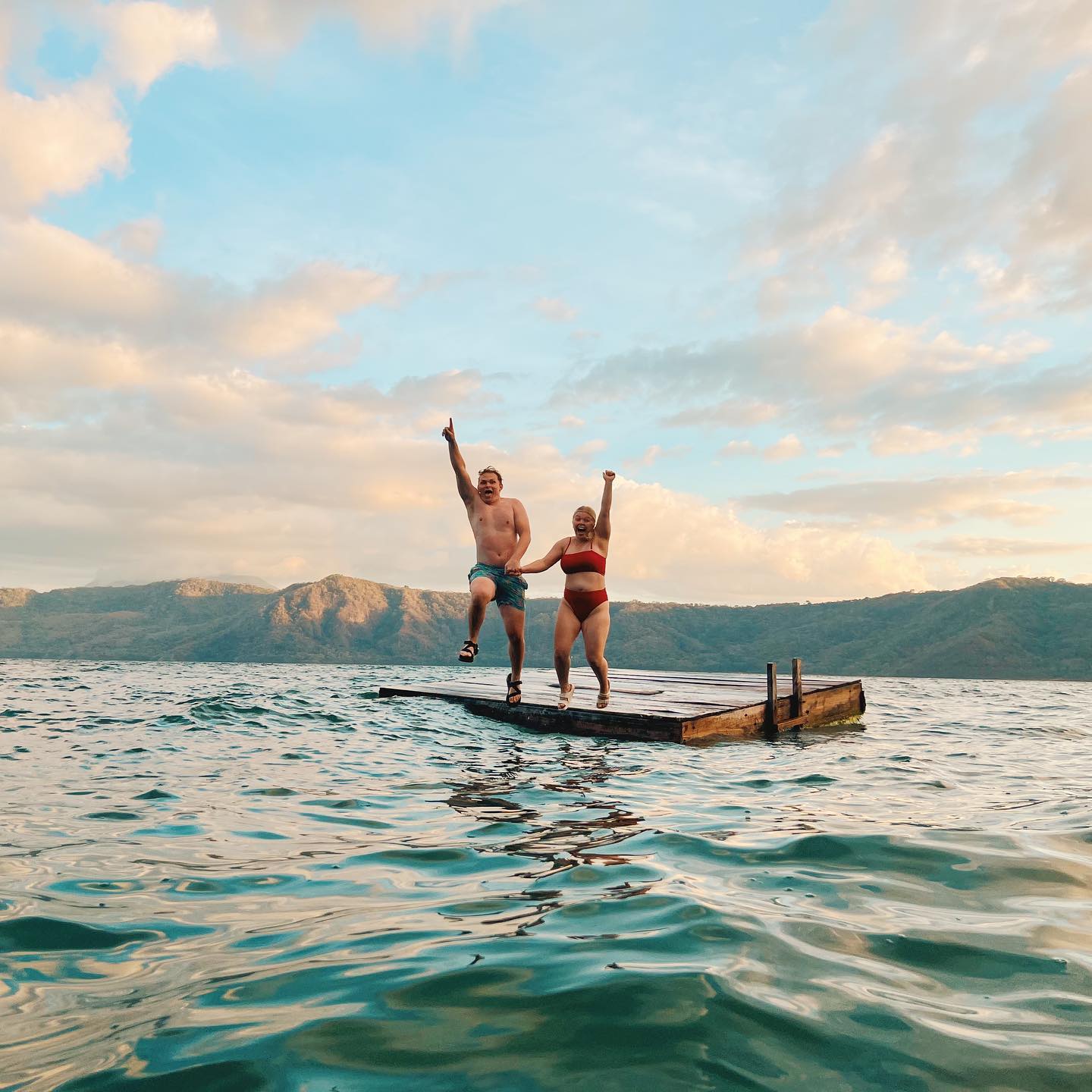
How To Get To Masaya
By Chicken Bus From Granada
It’s easy to snag a bus from Granada to Masaya and will cost less than a dollar (don’t you love the prices in Nicaragua?). Tickets are 30 cordobas and the ride is under an hour. These buses get pretty crowded, but it's not that long of a ride (and is a fun, local experience).
Chicken buses leave often from the bust terminal one (it's a block west of the Pali Supermarket). You'll get dropped off next to the Masaya Mercado Municipal, but make sure you check with the driver. If no one in your ILP group speaks Spanish, you can ask "Ud puede decirnos cuando debemos bajarnos para ir al mercado de Masaya" or have that message typed out on your phone so the driver knows to let you guys off at the right stop.
From there, you can walk to the Masaya Market (it's about a 15-20 minute walk), or make your way around the city.
Get more info on taking the bus in Nicaragua, right here.
By Taxi / Private Car From Granada
Traveling by bus is our favorite way to get here, or you can take a shuttle or taxi from Granada, which will cost around $10 (remember: you can split this with your group!). Past groups have also had luck talking to their Local Coordinator to arrange a driver to take them around + arrange the transportation to and from Masaya ... just another perk of coming here as an ILP volunteer!
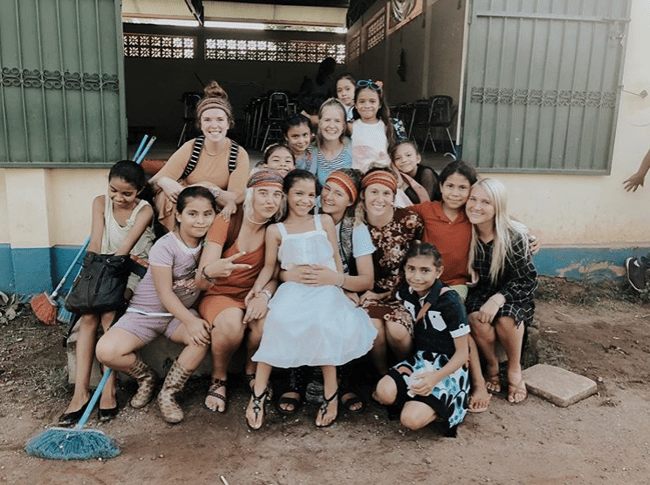
Come explore Nicaragua with us!
Come volunteer to be a part of one of ILP’s humanitarian programs in Nicaragua. You’ll stay busy teaching English during the day and exploring Granada, then can head out to Masaya on the weekends, and over to places like Costa Rica, Mexico or Panama on your ILP vacations.
Have a couple of questions? Not a problem! Come talk to an ILP representative about that and learn more about Nicaragua, right here:

